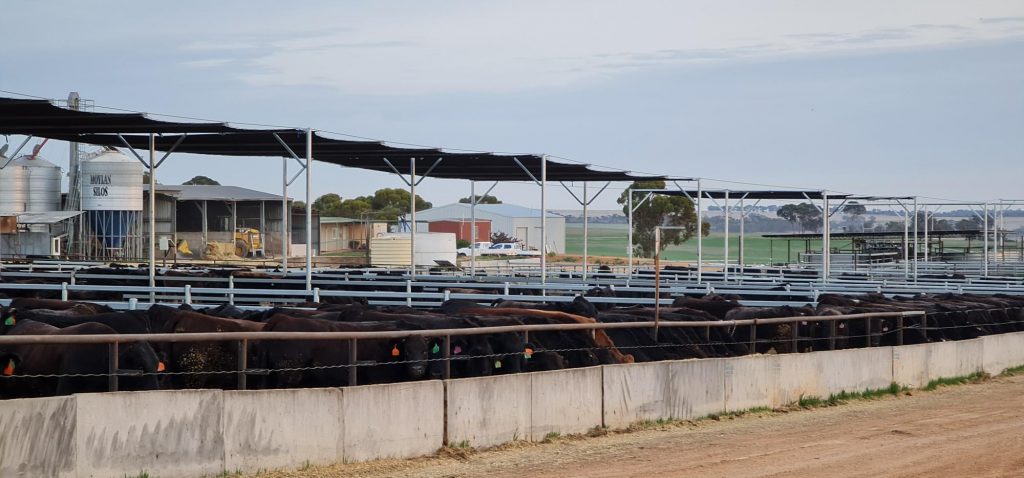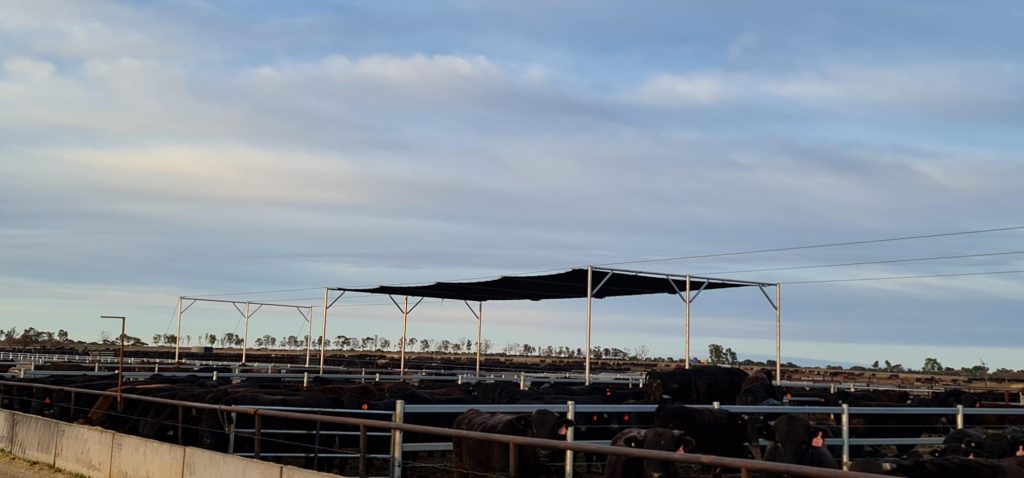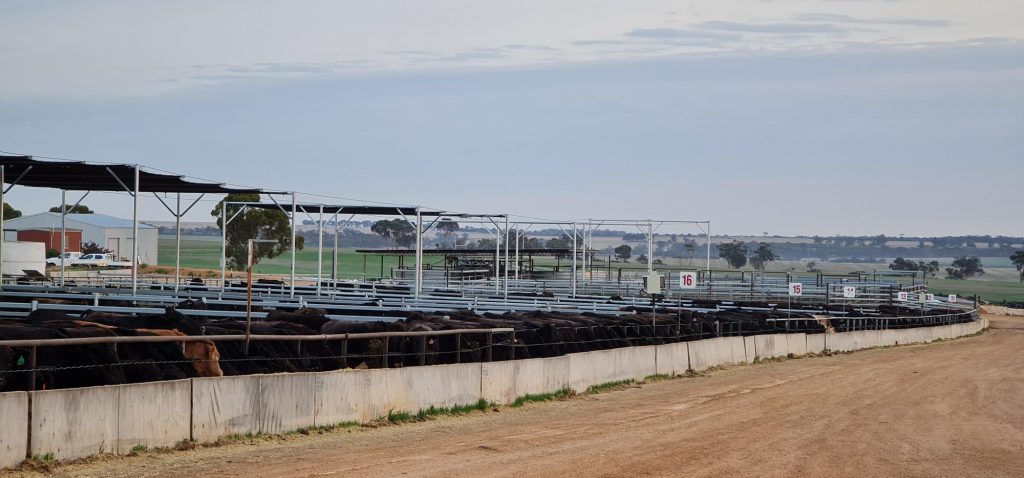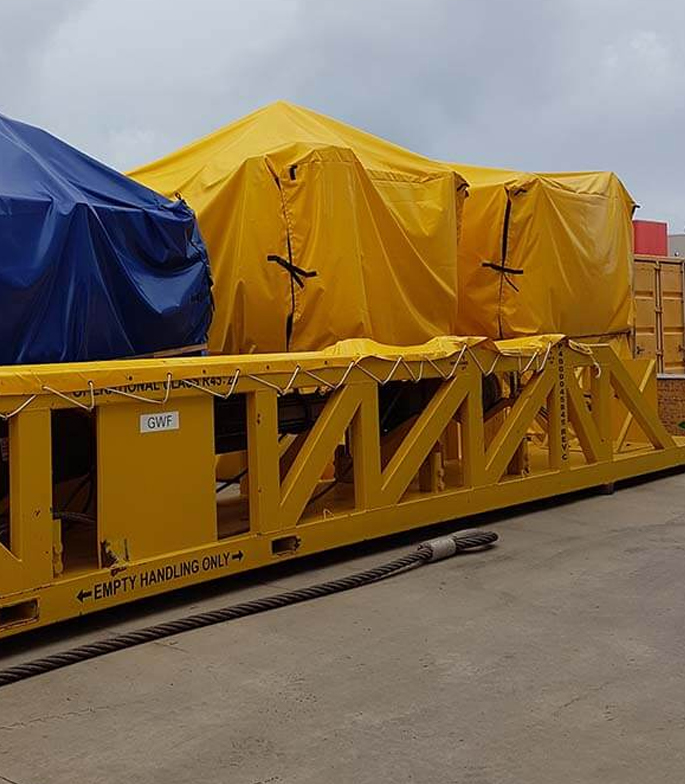Cattle and Livestock Sunshade Guidelines

Providing livestock with the right livestock sunshade is a recommended and moral responsibility of farm owners and managers. Livestock that is exposed to direct sunlight or cold winds without adequate shelter has more adverse health outcomes.
In extreme temperatures, animals will use more energy for survival rather than production. So knowing how to provide the right shelter for your animals is not only better for their welfare but will also help prevent production losses.
Providing shelter in hot weather
Animals are prone to heat stress during hot weather. Providing them with adequate shade in the hottest part of the day can help them avoid heat stress and exhaustion.
Livestock appetite can reduce significantly in hotter temperatures, leading to weight loss. Having access to a shaded area where they can better regulate body temperature can help with maintaining the usual feed intake.
Best shelters for hot weather
The ideal shelter for hot weather is one that provides protection from direct sunlight and also allows for wind flow for a cooling effect.

If there are no trees or shade belts to provide a natural source of shade, artificial shade structures should be erected. Livestock sunshades made from tarps are a good choice.
In hot weather, shelter should be placed near a clean freshwater source. Avoid placing the shelter too close to the water as it may cause overcrowding around the water source.
Providing shelter in cold weather
Exposure to cold winds and rain can have a negative impact on the health of cows, sheep, and horses. Newly born sick animals are particularly at risk in cold weather.
Providing shelter from weather elements in winter can help minimize the impact of cold stress. Also, keep in mind, animals may have higher appetites during cold weather. Providing nutritious feed is important to help them maintain normal body function.
Cattle and horse shelters for cold weather
Shelter from wind and rain can be provided in a number of ways, including shelterbelts, artificial windbreaks, and sheds with one side open.
Shade cloth material and heavy-duty tarpaulins can also be used as quick and effective options. Custom designs can be made to help cope with high wind speeds and heavy rain conditions.
For example, a common design is three walls covered with tarpaulin material and a slanted roof to help water drain away. Including a door in the design can help trap the animals’ body heat over cold nights.
Shelter for vulnerable livestock
Farm animals with poor health, respiratory conditions, or photosensitivity are more vulnerable to extreme temperature conditions. Injured animals are also more vulnerable, as are the young and the old.
In many cases, vulnerable animals should be given preferential shelter over other animals. This may require constructing a separate shelter for these animals so that they don’t have to compete for shade.
Protective covers can be erected quickly and easily using tarpaulins or shade panels. Different designs can be used, depending on your specific needs.
Shelter for birthing
You may have to provide special shelter solutions for birthing animals and their offspring. Young animals are especially vulnerable to cold weather and can die without adequate shelter.
When suffering from cold stress, young animals may not be able to take up healthy levels of nutrients from their mother’s milk, which may compromise their immune system later on.
Tips for building a good sunshade for your livestock
- Use durable materials that can cope with harsh conditions. Top-quality commercial Shadecloth or Tarpaulins with UV resistance and fire resistance is ideal.
- Choose a location that doesn’t have adverse effects on the surrounding environment or natural species.
- Position the longest length of shade structures in a north/south direction to maximise the amount of shade possible.
- Position wind shelters on flat terrain where possible, and orientate them perpendicular to the direction of the wind.
- Invest in custom-made tarps where possible as they are purpose-built to cope with wind, rain, and sunlight making them more durable and effective.
- Permanent shelters for grazing cattle should be located in the centre of the grazing zones to encourage even grazing.
- Move portable shade shelters regularly to encourage the growth of vegetation.
- Put erosion prevention measures in place if roof run off is likely to cause erosion issues.
- Consider how you will manage waste from your animals in a healthy and sustainable way.
- Consider the height requirement of the shade run to allow for machinery e.g. loaders for cleaning or feed carts, that may need to operate in the areas underneath the shades.
- Inspect the structure regularly for signs of damage or wear and tear, especially after storms.

Custom livestock sunshade from Westarp
If you need a livestock sunshade for your livestock, get in touch with the team at Westarp for an accurate quote.
We specialize in custom tarpaulin and shade solutions for the farming and agriculture industry. All our products are custom designed and built to cope with tough Australian conditions.
If you need guidance about building a good shelter for your livestock, we can offer advice from over 30 years of experience. Send an inquiry today at sales@westarp.com.au or call us on 08 6607 7888 for an obligation-free quote.




William Snellex (Base Fabrication)